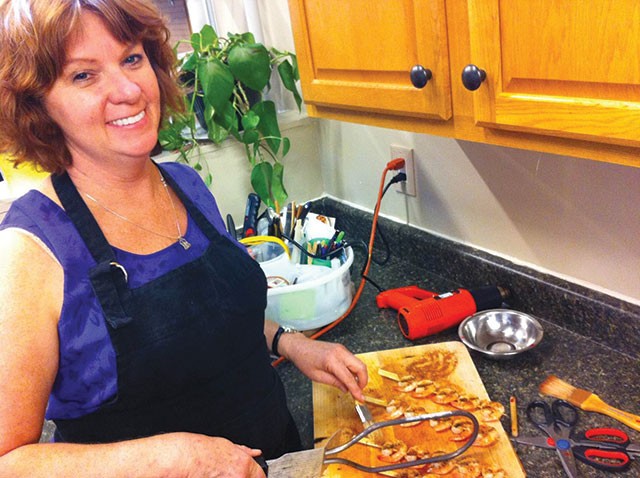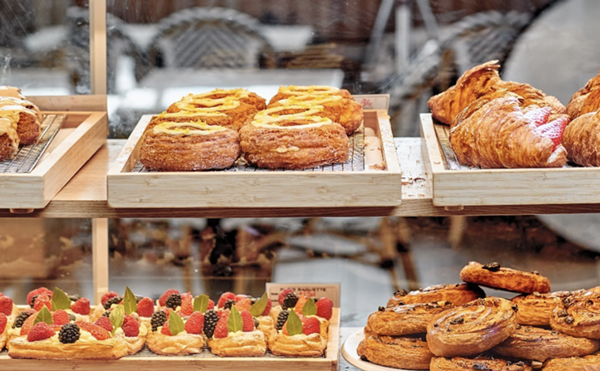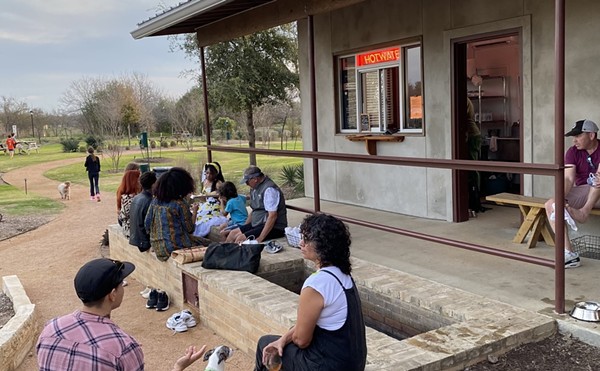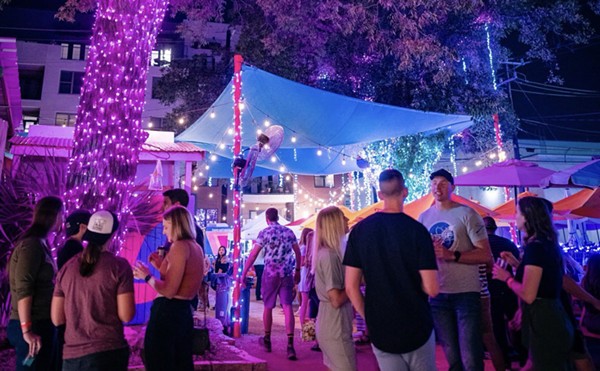You know the look. The herb-sprinkled turkey you can practically smell, glistening on the glossy pages of a cookbook or the television commercial of a steaming hamburger with richly colored condiments dribbling artfully off the bun. These saliva-inducing images engage your senses, inspire hunger and whisper to your sinking heart, “Nothing you cook will ever look this good.” For that medley of emotion, you have a food stylist to thank.
A food stylist’s job is to optimize the way food appears for still photographs or video. The field is small and highly competitive. Mary Ellen Rose, a San Antonio-based food stylist, shed some light on this little known but ubiquitous industry.
Rose studied theater at Southern Illinois University Carbondale and received her MFA in theatre design/costume from the University of Michigan. She taught for several years at Trinity University before beginning to work with commercial and food photographers like Cary Whitenton (who shot Melissa Guerra’s Texas Provincial Kitchen). It was Whitenton who detected her visual acuity during a catalog shoot of pots and pans and served as Rose’s first mentor in the field of food photography and styling. Rose went on to apprentice with several food stylists in Dallas, and has worked freelance since 1983.
Rose explained that restaurants, photographers, advertising agencies or production companies might hire stylists for menus, cookbooks, advertisements or commercials. The stylist works closely with the photographer to ensure that food appears appetizing and realistic for the duration of the shoot–which can last for hours. The tricks of the trade are endless, surprising and sometimes closely guarded.
A clean glass sprayed first with a clear coat and then a glycerin and water mixture simulates condensation on a cold glass. An electric charcoal starter yields perfect grill lines. Blanching vegetables instead of fully cooking them brings out their brightest, most photogenic colors. And, “yes, we do use white glue on cereal,” admits Rose, to avoid the sogginess that sets in with milk or cream.
However, “I’ve never varnished a turkey in my whole life,” said Rose, debunking what she describes as a commonly believed myth. “I do, however, put them in the oven for about 20 minutes and then finish the look with a heat gun.”
Stylists also facilitate motion in still images or on video. “I’ve screwed a pizza crust down into the base so that when you pull [one] slice, the rest doesn’t come up,” Rose explained. “You lay the cheese on top in a certain pattern so it lifts off properly.”
Tricks aside, food stylists must follow health and sanitation rules and adhere to the Federal Trade Commission’s truth in advertising policies, meaning the “food” stylists work with must be real food.
Whether or not that food is something one should eat by the end of a shoot is another question. “That depends upon what you consider inedible,” said Rose. Take, for example, fake ice cream. “It’s edible, yes,” she said, “but would not taste good.”
What is fake ice cream, anyhow?
“It’s a 25-year-old secret I’m not going to reveal,” said Rose. Fair enough.


















